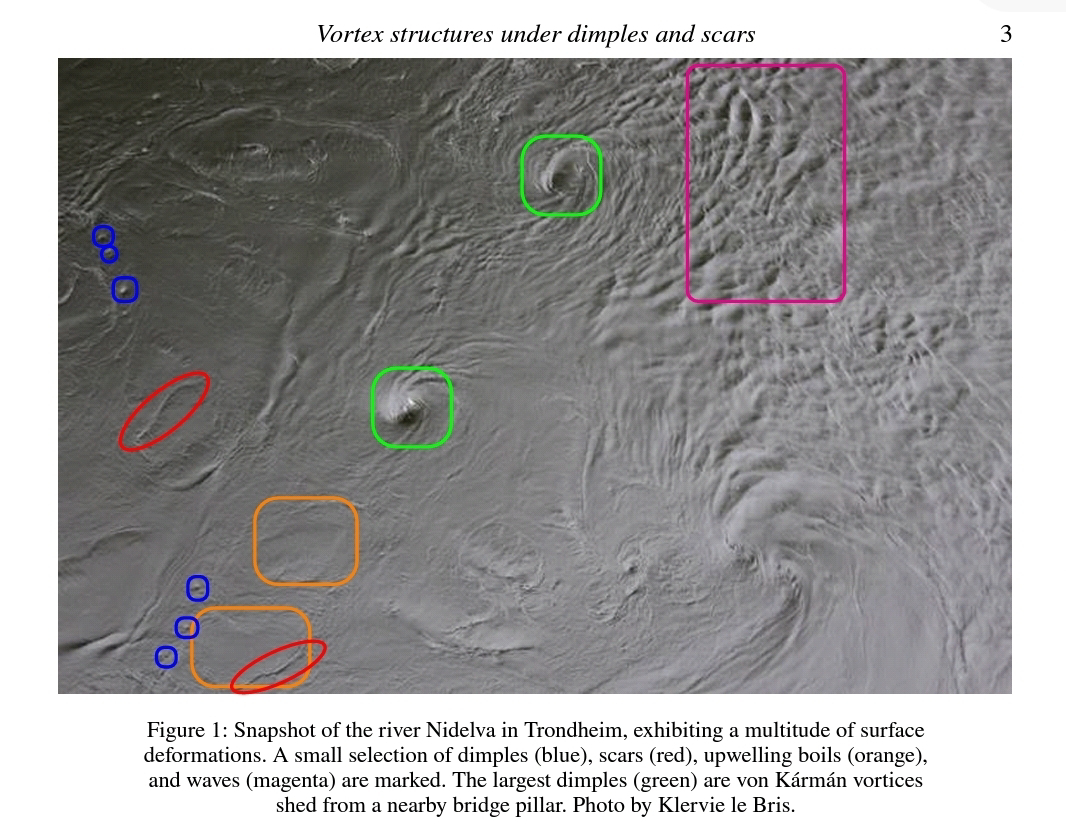<< ️When a bubble rises to a free surface, its bursting dynamics in Newtonian fluids are governed by the interplay between viscous, capillary, and gravitational forces. In this work, (AA) extend this classical problem to Herschel-Bulkley fluids, elucidating the role of viscoplasticity and non-Newtonian rheology in bubble bursting. Using direct numerical simulations validated against experiments, (They) systematically explore the influence of the key governing dimensionless parameters, such as the Bond number, the Ohnesorge number, the shear-dependent behavior and the plastocapillary number, each varied over several orders of magnitude. >>
<< ️(AA) results reveal that viscoplasticity strongly controls the evolution and interaction of capillary waves within the cavity formed upon bubble rupture. Shear-thinning and shear-thickening effects are significant only for moderate Ohnesorge numbers, while at large Ohnesorge values the free surface dynamics converge to a non-flat equilibrium shape once the internal stresses fall below the yield stress. >>
<< ️These (AA) findings provide new insights into the coupled effects of viscosity, gravity, yield stress, and shear-dependent rheology in multiphase flows, with broad implications for natural and industrial processes involving gas-liquid interfaces. >>
A. H. Ghaemi, Z. Yang, A. Huang, et al. Bursting bubbles in Herschel-Bulkley fluids: dynamics and jetting transitions. arXiv: 2511.23345v1 [physics.flu-dyn]. Nov 28, 2025.
Also: bubble, waves, in https://www.inkgmr.net/kwrds.html
Keywords: gst, bubble, waves, capillary waves, bubble bursting, bubble rupture, viscosity, capillary and gravitational forces, shear-thinning and shear-thickening effects, yield stress, free surface dynamics, non-flat equilibrium.











